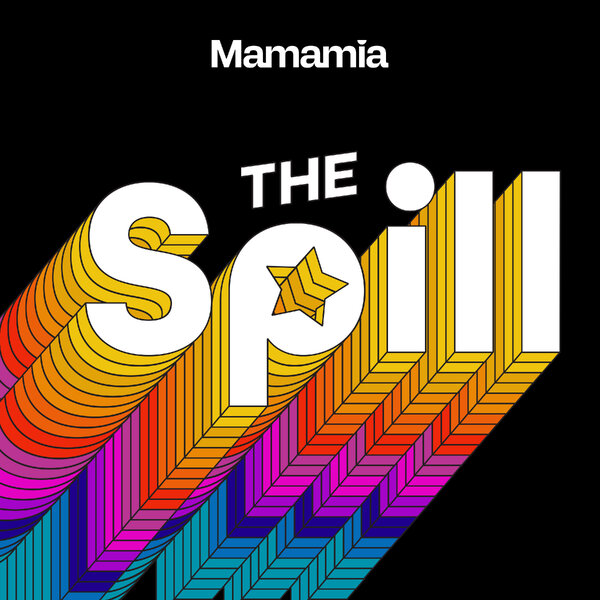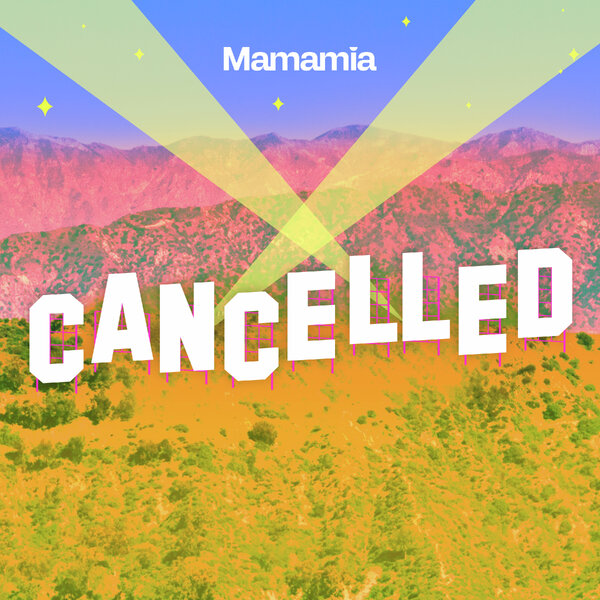
Ever wondered why you're utterly shattered after a day where you barely moved from your desk? Or why a casual catch-up with six friends can leave you feeling like you've run a marathon?
Cause, same.
Watch: Speaking of all things wellbeing, have you checked out our new health platform Well? Post continues below.
Turns out, we've been thinking about energy all wrong. And where author and entrepreneur Zoë Foster Blake might have just changed the game.
In a recent Instagram post, The Go-To Skincare founder shared an energy chart that has completely transformed how many of us understand fatigue, including the Mamamia Outloud team.
Listen: Did you know that worrying takes as much energy as climbing a set of stairs while carrying something heavy? Post continues below.
We now know exactly why you're always tired.
Not all tiredness is created equal.
A thing you might not know: Zoë Foster Blake has been navigating chronic pelvic pain since having her second child. Like many people dealing with ongoing health challenges, some days are tougher than others.
But what's fascinating is the chart she shared — developed by a doctor studying long COVID — breaks down energy expenditure into three distinct categories: physical, cognitive, and social/emotional/spiritual.






























































































